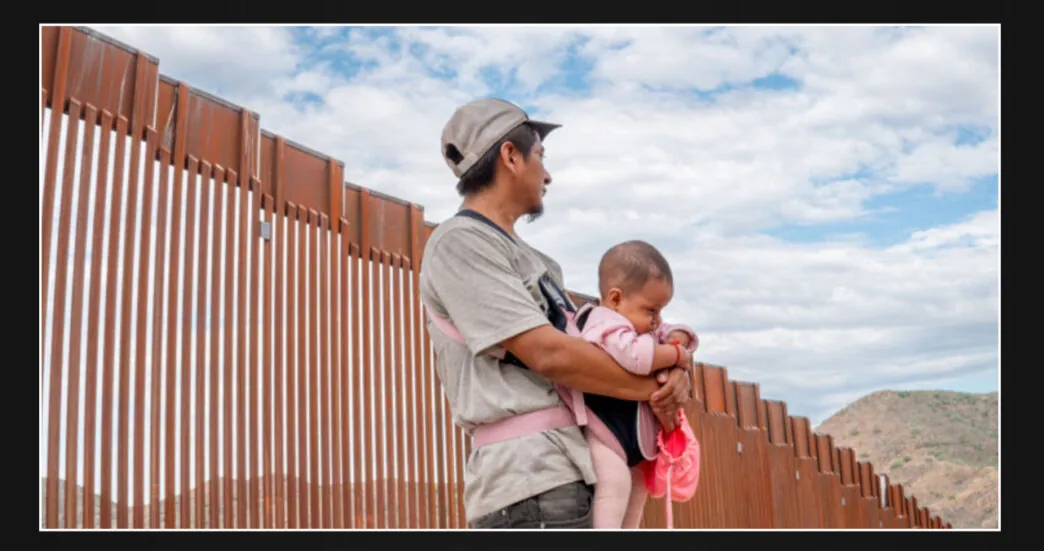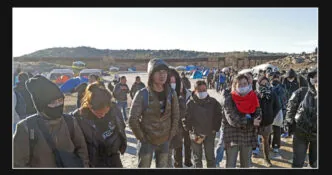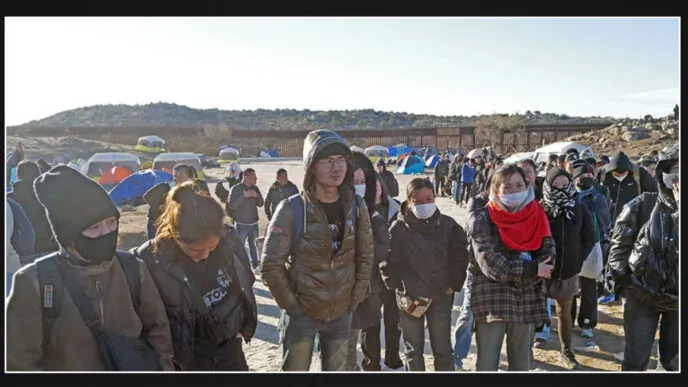On August 13, the police in the Mexican city of Chihuahua made an important announcement. They had successfully rescued 1,245 migrants from the clutches of criminal gangs in the past seven months. During that time, the city’s law enforcement officials noticed a distressing trend. Kidnappings and acts of violence targeting foreign nationals attempting to cross the border into the United States were becoming increasingly frequent. As a result, abducted migrants were being held captive in overcrowded stash houses, their captors demanding ransom for their release.
However, in addition to kidnappings, cartels and other individuals involved in illegal activities at the border are also contributing to the increase in another crime: extortion.
Latino immigrants traveling to the United States face an average extortion fee of $804 before reaching the border, as revealed by a recent study published in Injury Epidemiology. These additional costs are in addition to the already substantial sums often demanded by smugglers or coyotes to guide them into the country.
Latinx migrants face a heightened risk of extortion, theft, human trafficking, and other crimes during their migration journey to the U.S. due to the resources required for the process. Researchers point out that factors such as the need for savings to cover formal and informal migration expenses make them particularly vulnerable. Furthermore, the likelihood of migrants reporting these crimes is low due to varying documentation statuses, making them attractive targets for both law enforcement and criminal actors.
The study conducted a survey, asking participants about the individuals responsible for the incidents, the locations where they occurred, and the amount of money taken. It revealed that police officers were the most common perpetrators, accounting for 80.6% of cases, followed by immigration officials at 37.3%. Additionally, drug traffickers or gangs were responsible for 25.4% of incidents, while the military accounted for 20.9%. In terms of the locations where extortion was most prevalent, Mexico ranked highest with 77.6% of respondents reporting victimization there, followed by Guatemala at 67.2%, Colombia at 22.4%, and Nicaragua at 20.9%.
The study also revealed interesting findings about the demographics of extortion victims. It showed that adults who were traveling with children were more susceptible to extortion, while pregnant participants were less likely to be targeted. This suggests that the financial strain caused by extortion, coupled with the emotional trauma, can contribute to higher rates of post-traumatic stress disorder (PTSD) among those who have experienced extortion compared to those who haven’t.
According to Medical Xpress, Laura Vargas, the author of the study, emphasized the significance of researching these subjects.
“It’s important to shed light on it and understand it from their lived experience. And even though we have a small sample here, a vast majority of respondents experienced extortion; ultimately, we clinicians need to think very actively about how to engage with new immigrant populations through the lens of traumatization that may differ from what we observe here in the U.S., aiming to care for the various health effects that stem from PTSD and allow newly arrived immigrants a chance at a dignified life.”











